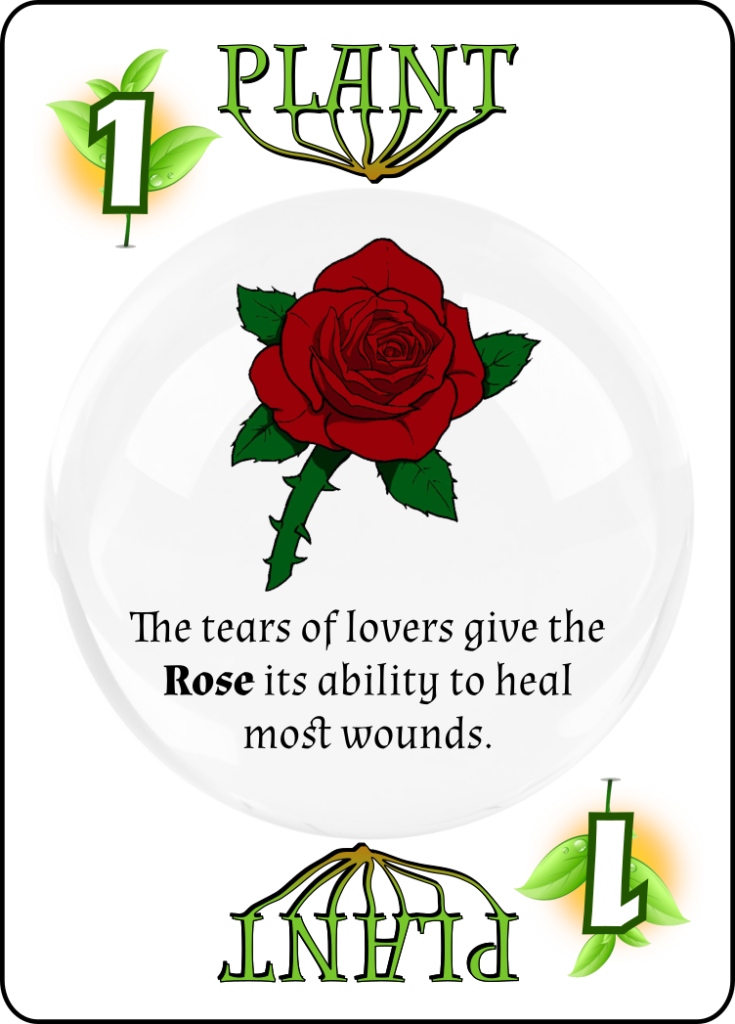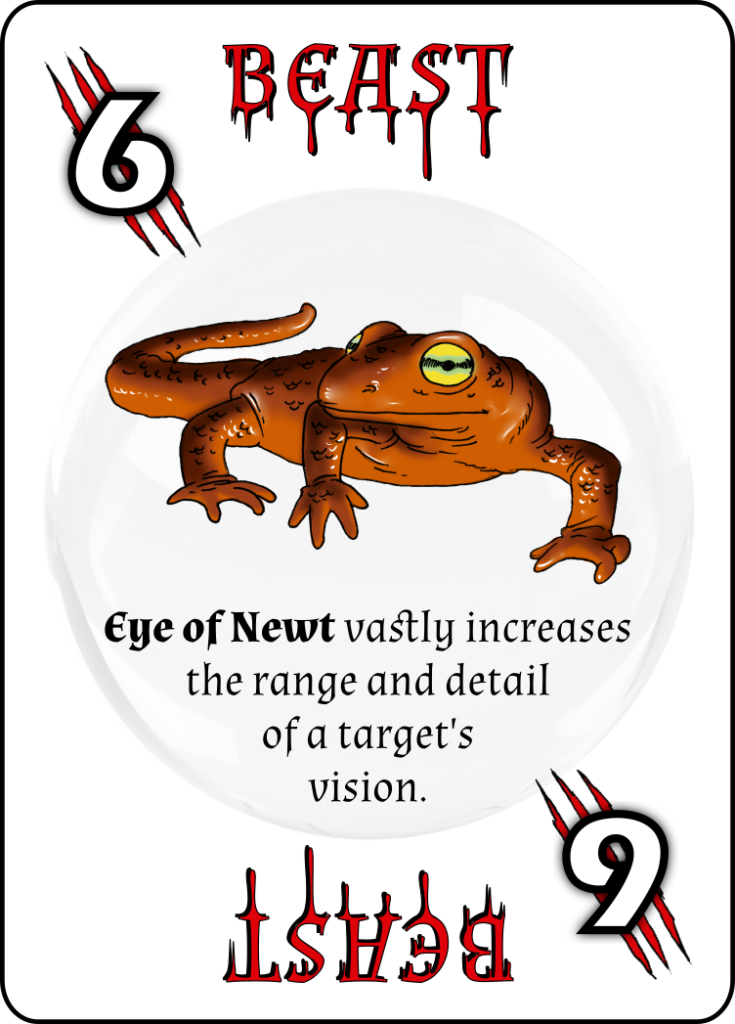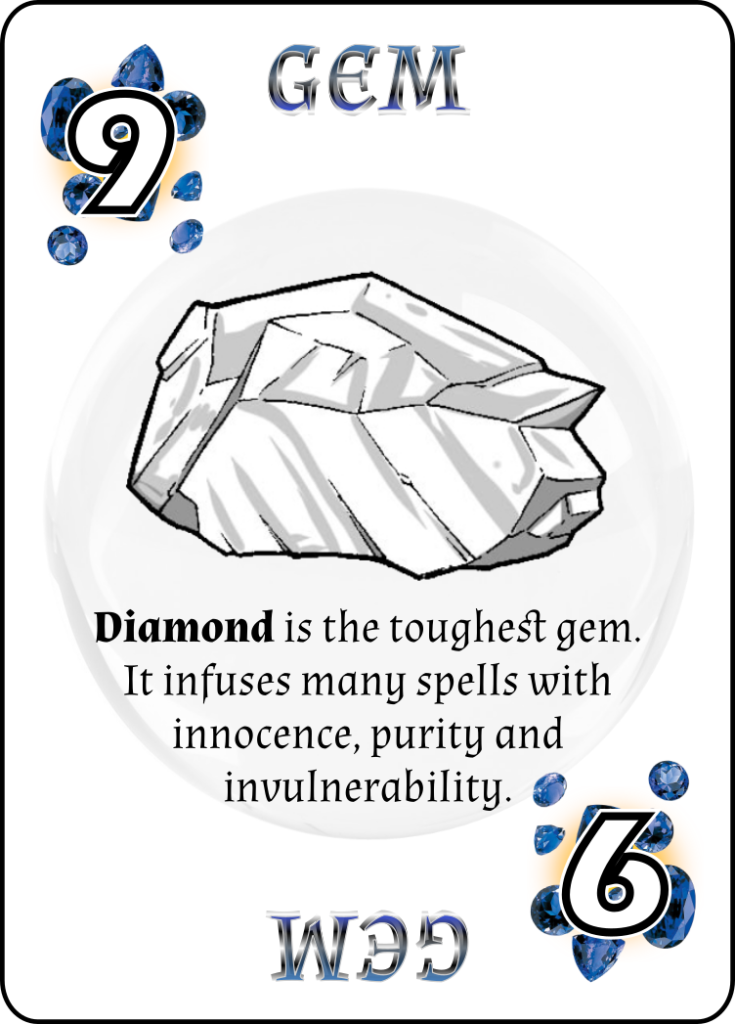Spellcraft Bringing New Way To Engage Mahjong
Spellcraft is a card game of gathering components in key combinations to cast spells and refining your ritual until it is complete. You do this by foraging for new ingredients (or poaching them from your rivals) and tossing out stuff you don’t need. I hope this draw and discard cycle sounds familiar; it certainly should.
Last October at the 2018 North American Open there was a table set up in a hallway staffed by a small group of people that, to me, looked out of place at a riichi tournament. Spread out on the table was what looked like the prototype for a fantasy theme card game; next to it, a banner showing off the name ‘Spellcraft’. It struck me as odd for a game designer to show up at such a niche event of under 100 people looking for public feedback, but I gave it a quick glance, took a flyer, and got on with my business. It wasn’t until later that same day that I realized what I was looking at: these people were making a themed version of riichi as a card game.
Want to stay informed on Spellcraft’s development and help it gather the support it needs to get published? Visit the project website at Faux.City and let them know you’re interested!
Mahjong cards aren’t a new thing. During China’s cultural revolution people played the game with cards instead of tiles to help conceal the game from authorities. Even now Rummy shows the imprint of its DNA, and a set of mahjong cards can be had for the price of cheap take-out.
But Faux.City, the design group behind Spellcraft, has a different objective than slapping a new skin on an old game. With it’s unfamiliar hardware, intricate rules, and complex strategies, we have to admit that riichi is a daunting game for new people to approach, and most of our current communities are built around people that accepted that challenge or were otherwise enticed (or cajoled) by friends. Most organizers and teachers have, individually or collectively, developed strategies to mitigate this, but it seems like we’re still working out effective ‘best practices’. And long term sustainability of clubs won’t get much easier until we’ve made mahjong more commonplace in the West and at least undone the damage delivered by decades of Shanghai and Taipei. That appears to be the essence of the problem Rich Heimlich and his partners, Adam Laing and Marnee Klein, have decided to address in Spellcraft: to make mahjong approachable.

Rich Heimlich 
Marnee Klein 
Adam Laing
I thought about [riichi] for a while, which is what I do with everything. I played for a while. I tried all different versions. I played on my on PC. I played Hong Kong, Korean, and Taiwan. Chinese. American. I kind of immersed myself in it and let it percolate for a while. Riichi just rose to the top, but then I continue to say there’s still effort that can be made here. An evolution that can happen.
Rich Heimlich
Among the many hats that Rich has worn over his career, his quality assurance background is what brought him to see mahjong as a user experience problem that he wanted to solve. The objective isn’t to make riichi (or any style of mahjong) easier to learn, but to make people want to learn it.
Faux.City has tackled several angles to achieve this goal. The first has been to make it more portable and affordable by using cards. Seriously, if the decision on spending $50-$100 on a new game is split between a box of tiles for a game that isn’t really explained that well in the booklet, and a new Euro or Ameritrash boardgame with licenced art and a well-produced instruction book, the average person will take the latter. By lowering the cost of entry, it makes mahjong that much more attractive, and maybe it narrows the gap by looking more like the competition.
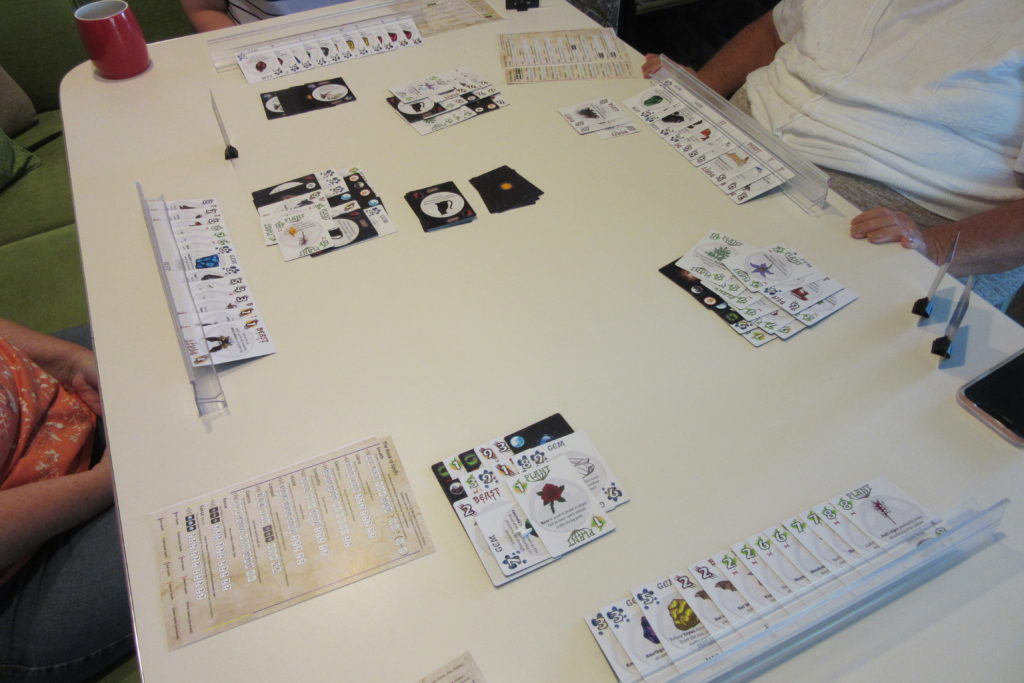
Next, Spellcraft captures the game within a theme that makes mahjong more attractive and familiar to a Western audience.
If you make it a little more interesting on the front end you’re going to carry that interest a little farther, faster. So taking someone a little younger and saying, “Hey you want to combine some spells and cast ‘em?” They are going to say, “yeah that’s cool!” But if you start off saying, “See these foreign looking tiles and whatnot? Do you want to learn a game that I can only explain in four hours?” No. They’re lost. They’re gone.
Rich Heimlich
With the new theme comes the opportunity to make some quality-of-life changes without actually impacting the heart of the game. For example, while suits are numbered, honors are named alphabetically so it’s easier to remember what comes before or after in terms of dora, and suits are colored to be easily translatable to tiles. Along with a few other smoother transitions like this, the whole package starts to resemble a giant mnemonic for learning mahjong.
Finally, the team has developed the game to include a series of modes that allow for varied levels of complexity. This not only serves to help ease new players into the more complicated rules a step at a time, but also lets any group to engage at the level they are most comfortable with.
When I reviewed the game at the NAO, it was clear that all the elements of riichi were faithfully represented and it seems Rich and his crew have gone out of their way to keep the game wholly intact. All the changes appear in terms of how the players interact with those elements, not cutting or changing rules in the name of making it easier.
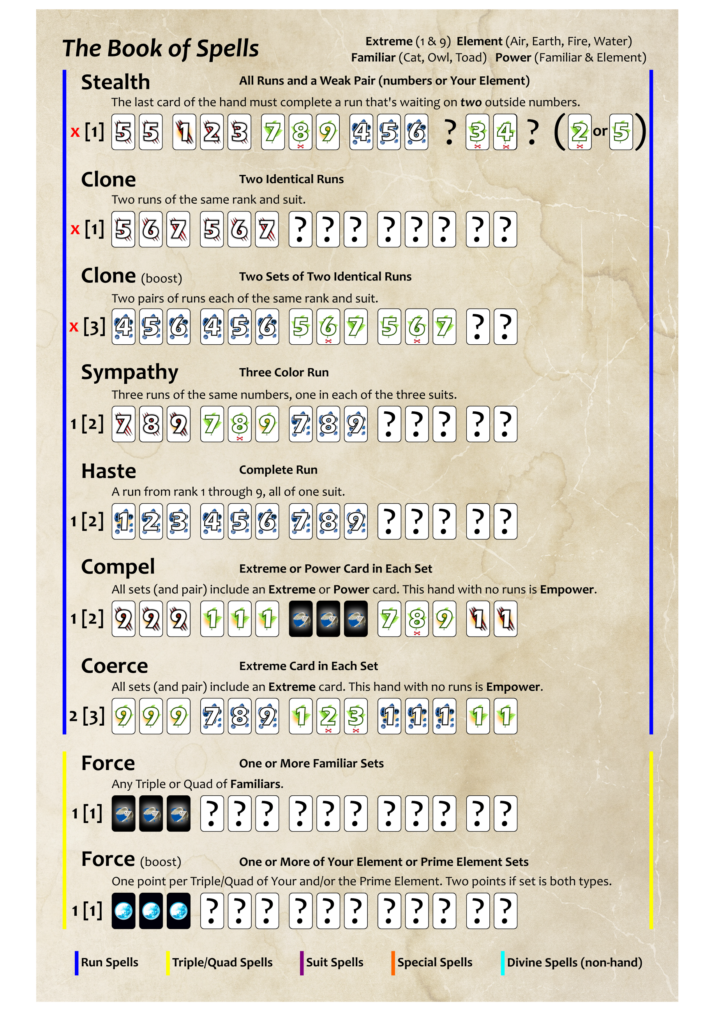
And from what I’ve seen, it is being well received. Spellcraft prototypes have shown up at mahjong events on a couple continents, the general response ranging from tacit approval to “take my money, please!” I watched the players at NAO give it rigorous play and deliver highly constructive feedback on everything from theme to specific iconography. (A shout out from Rich goes directly to Chris Rowe (EMA), David Bresnick (USPML), and Gemma Sakamoto (UKMA, WRC) for being instrumental in the understanding and development of Spellcraft.)
I don’t want to characterize Spellcraft as just a mahjong substitute, though. Having play-tested well at Penn Gamers, PAX Unplugged, and a host of other meetups and events, Spellcraft clearly has appeal to the broader gaming community as well. And if a gamer never breaks a wall or flips a dora tile in their lifetime, they can still find something to enjoy in Spellcraft.
Spellcraft is reaching the end of its development cycle, and we should be seeing more specific details on when this game will be available soon. The expectation is that it will be self-published by Faux.City through Kickstarter, which I’m usually quite wary of, but I’m going to break character here and turn this article into an editorial by issuing a call to action.
You should support Spellcraft, and here’s how you can do it!
Sign up to receive updates via email on the Spellcraft project website. Next, when the Kickstarter campaign launches, back it! Sufficient support will see us move towards having a new tool that can help bring new players to riichi.

